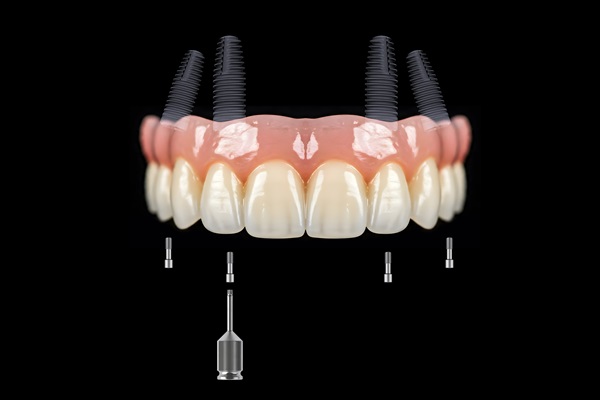Ask a Periodontist: How Do You Treat Periodontal Disease?

A periodontist offers different forms of treatment for periodontal disease, also called gum disease. The condition, which affects millions of adults in the United States, is the leading cause of tooth loss. However, prompt treatment can stop the disease in its tracks and even reverse the damages. This article covers treatment options offered by a periodontist for gum disease.
Treatment options for periodontal disease
The periodontist can treat this gum condition with any of the following options.
Scaling and root planing
The first line of treatment for patients with periodontal disease is the conservative technique called scaling and root planing. The treatment involves scraping and cleaning plaque and tartar off the teeth and root surfaces using specialized dental tools. Afterward, they will smooth any roughness around the root surfaces to prevent easy bacteria accumulation. The treatment can take more than one dental appointment.
The dentist will administer a local anesthetic to reduce discomfort during the procedure. Afterward, the gums will begin to heal and reattach to the teeth's surfaces. After a few weeks, patients will visit the dental office so the dental professional can assess healing progress and determine if additional intervention is required.
Pocket reduction procedure
In a case of severe periodontitis, treatment typically involves cleaning the teeth and correcting loose teeth. It may be hard to clean the deep pockets of the gums. The periodontist may then recommend a periodontal pocket reduction or flap surgery. The dental professional will fold back the gum tissue to remove infectious bacteria and smoothen parts of the damaged bone. This will enable the gum tissue to reattach to healthy bone.
Gum grafts
If the tooth roots are exposed because of gum recession (caused by gum disease), the periodontist may recommend gum grafts to cover them. The dentist will transfer tissue from the palate or another area to cover the tooth roots. This procedure reduces sensitivity and shields the roots from infection. It also prevents further gum deterioration and bone loss.
Tissue regeneration
If the bone supporting the teeth has been damaged by gum disease, the dental professional will recommend tissue regeneration to stimulate the regrowth of bone and gum tissues. It is completed with flap surgery and entails placing a tiny mesh-like fabric between the gum tissue and the bone. This guides the growth of bone and gum tissues after inserting natural or synthetic bone in areas of bone loss. Tissue-stimulating proteins are also used to ensure successful regrowth.
Professional dental cleaning
The dentist will usually perform a professional dental cleaning to remove plaque and tartar from the teeth surfaces. This is often effective for treating early gum disease, called gingivitis. Tartar is a hardened plaque that accumulates on the teeth and causes gum inflammation. The cleaning is usually done during a biannual dental checkup, but the dentist might recommend more regular cleaning appointments for patients who show signs of gum disease.
Final note
Seeking prompt treatment from the periodontist is important to prevent complications caused by periodontal disease. It also ensures that you can be treated with minimally invasive techniques.
Request an appointment here: http://www.periodontistboca.com or call Thomas A. Copulos DDS, PA at (561) 763-1066 for an appointment in our Boca Raton office.
Check out what others are saying about our dental services on Yelp: Periodontist in Boca Raton, FL.
Recent Posts
Many patients with missing teeth find themselves looking at implants as a solution. Dental implants have become a popular tooth replacement option in recent years that offers numerous benefits for a patient's oral health. Different types of prostheses are used with implants for different severities of tooth loss.Implants are nowadays one of the most common…
More and more people are turning to implant supported dentures for full and partial tooth replacement. This option's continued rise in popularity is due to its impressive success rate and other key benefits. If you are exploring your tooth replacement options, there are unique advantages to choosing implant supported dentures.As the name suggests, implant supported…
Dental implants are an increasingly popular choice for individuals with missing or damaged teeth. They offer a variety of benefits over traditional dentures or bridges. However, they can also come with challenges, and not everyone will benefit from the procedure. This article will explore the pros and cons of dental implants to help you make…
Having dental implants can correct tooth loss, which is the primary reason for getting these dental replacements. Other reasons for getting them may determine if you are a good candidate for this treatment. Knowing if you are a good candidate for dental implants can help you prepare well for your next appointments. Here are the…


